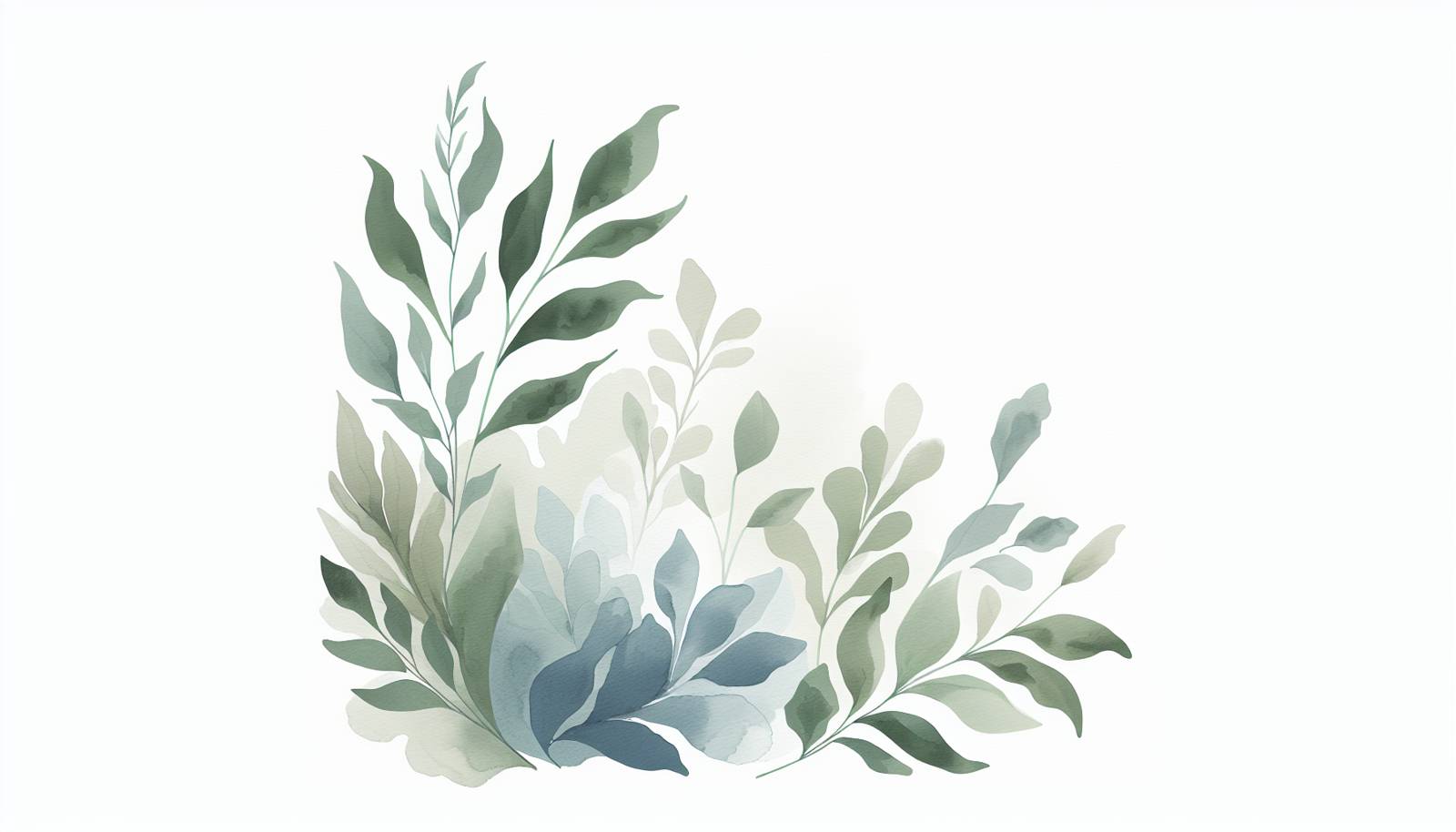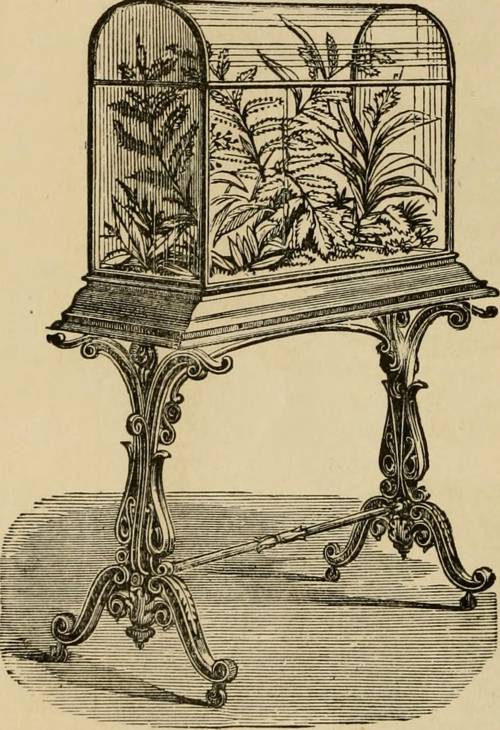
FAQ About Indoor Plant Watering Myths and Realities

Is misting indoor plants an effective way to water them?
Misting is often thought of as an effective method for watering indoor plants, but it does not provide the deep hydration that most plants need. Misting can increase humidity temporarily, which may benefit plants that thrive in humid environments, but it should not replace regular watering at the soil level. It's best used as a supplement, particularly for ferns and other humidity-loving plants.

Can I water all my indoor plants with the same amount of water?
No, the water needs of indoor plants vary greatly depending on species, pot size, soil composition, and environmental factors. Some plants, like succulents, require infrequent watering, while others, such as peace lilies, may need more consistent moisture. It’s important to tailor your watering practices to each plant’s specific needs.

Does placing a small pebble tray under my plant pot help with humidity?
Yes, placing a pebble tray with water under a plant can help increase humidity around the plant as the water evaporates. This method can be particularly beneficial for tropical plants that thrive in higher humidity levels.

Is it true that indoor plants only need watering once a week?
The blanket rule of watering indoor plants once a week is a myth. The watering frequency should depend on the type of plant, the environment, and the season. For example, plants may need more frequent watering in the summer months when temperatures are higher and less during winter when they are in a dormant state.

Do coffee grounds make a good watering solution for indoor plants?
Coffee grounds can be used as a fertilizer or soil amendment, but they should not be used as a direct watering solution for indoor plants. They can alter soil pH and might not be suitable for all plant types. It's safer to compost coffee grounds and use the compost to enrich plant soil.

Can plants absorb water through their leaves?
While plants are primarily designed to absorb water through their roots, some species can absorb minimal amounts through their leaves. This process is not a substitute for root-based watering but can aid in maintaining humidity and may benefit certain humidity-loving plants if misted correctly.

Will using ice cubes to water plants harm them?
Using ice cubes to water plants is a controversial practice. While it does allow water to melt slowly into the soil, providing a steady supply, the cold temperature can shock some tropical plants, potentially damaging roots. It's generally better to water plants with room-temperature water.

Is it necessary to water plants at a specific time of day?
While watering plants can happen at any time, the best practice is usually to water in the morning. This allows plants to take up moisture before the heat of the day and reduces the risk of fungal infections, which are more likely to occur in wet conditions during cooler night temperatures.

Do all yellow leaves indicate overwatering?
While yellow leaves can be a sign of overwatering, they are not an exclusive indicator. Yellowing can also result from nutrient deficiencies, pest issues, or natural aging processes of leaves. It's important to assess the plant's overall condition and environment to correctly diagnose the problem.

Can tap water be harmful to indoor plants?
Tap water can be harmful to some indoor plants if it contains high levels of chlorine, fluoride, or salts commonly found in municipal water. Sensitive plants may develop leaf burn or other issues. It's best to use filtered or distilled water, or let tap water sit out for 24 hours to allow some chemicals to dissipate.

Is rainwater better for indoor plants than tap water?
Rainwater is often better for indoor plants as it is free from chlorine and other chemicals found in tap water. It is generally softer and slightly acidic, which many plants prefer. Collecting and using rainwater can mimic the plants' natural environment more closely than treated water.

Does more drainage always mean better plant health?
While good drainage is crucial for preventing root rot in most plants, excessive drainage can lead to insufficient soil moisture and nutrient loss. It's important to balance drainage with water retention to ensure plants have adequate access to both moisture and nutrients.

Can overwatering cause plant mold?
Yes, overwatering can lead to mold growth on the soil's surface due to excess moisture, which creates an ideal environment for mold spores to thrive. Ensuring proper drainage and allowing the soil to dry out between waterings can help prevent mold issues.

Why do my plant’s leaves develop brown tips?
Brown tips on leaves can be caused by a variety of factors, including underwatering, over-fertilization, or low humidity levels. It's crucial to evaluate watering routines, soil conditions, and environmental factors to address and rectify the issue effectively.

Is it true that bigger pots need less frequent watering?
Not necessarily. While bigger pots can hold more soil and thus retain moisture longer, they may still require frequent watering based on the plant's water needs, the soil composition, and environmental conditions. Always check soil moisture before watering.

Does using a self-watering pot eliminate the need to monitor soil moisture?
A self-watering pot aids in maintaining consistent moisture levels but does not entirely eliminate the need to check soil moisture. Over time, soil can still become waterlogged if the reservoir is too large or if the plant's water uptake decreases. Regular monitoring is advisable.

Will watering with cold water affect my plants?
Watering with cold water can shock a plant’s roots, particularly in tropical species. It's recommended to use lukewarm or room-temperature water to avoid stress and ensure that the plant can absorb the water effectively.

Do indoor plants experience seasonal changes in their watering needs?
Yes, indoor plants often experience changes in watering needs with the seasons. During spring and summer, when they typically grow more actively, they tend to require more water compared to the fall and winter months when growth slows down.

Can over-fertilizing be mistaken for overwatering symptoms?
Yes, symptoms of over-fertilization, such as browning leaf tips and stunted growth, can sometimes resemble those of overwatering. Both can cause stress to plants; hence, careful diagnosis is necessary to identify whether the problem is due to nutrient excess or water management issues.

Is it okay to use softened water for indoor plants?
Softened water typically contains high levels of sodium, which can be harmful to most indoor plants. The sodium can build up in the soil, causing issues like leaf burn and inhibited plant growth. It's advisable to use distilled or rainwater for watering.
